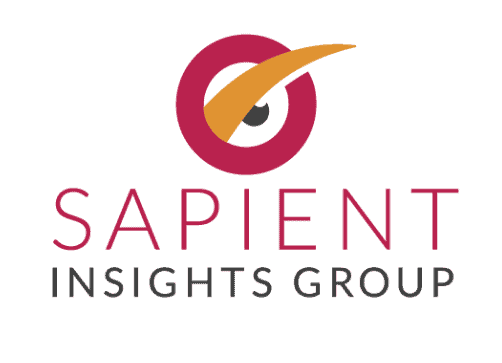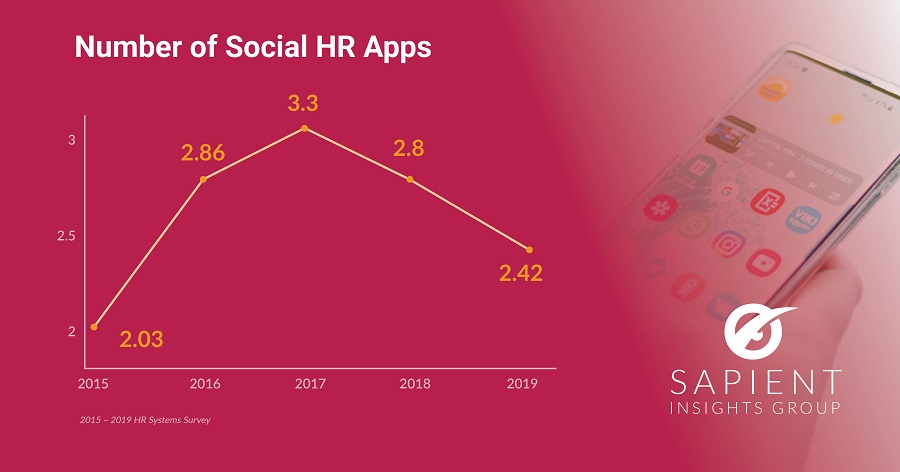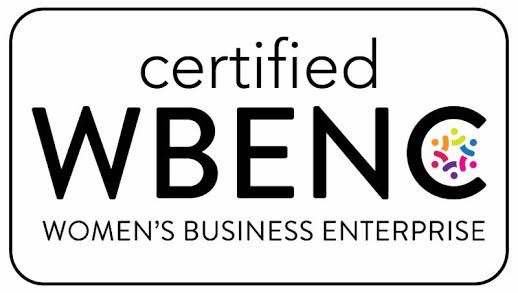The Annual HR Systems Survey Whitepaper is the most in-depth and widely anticipated research effort that helps companies make better investments in people, processes, and technology. Bringing together data and insights from over 18,000 unique organizations and 290 million employees around the globe over the last 20+ years, the survey is considered the true voice of the customer.
This year’s survey findings cover more than 1,900 individual organizations and includes data and insights on the impact the Covid-19 pandemic has had on technology; it also includes expansions in Learning, HR Service Delivery, and Recruiting.
As we look forward to the public debut of the 23rd Annual Whitepaper, we want to take this opportunity to review some key trends from the last five years:
HR Applications
Between 2015 and 2019, the average number of “major” HR applications included in an organization’s “per Employee” annual HR Technology cost has steadily increased. We expect this number to continue to rise as organizations expand the universe of HR Technology applications to include wellness and safety applications, communication platforms, and productivity tools.
 Note: This data does not include all embedded modules, social applications, or non-HR specific applications like BI or ERP with shared costs – unless it is explicitly included in their HR Tech Expenditures budget.
Note: This data does not include all embedded modules, social applications, or non-HR specific applications like BI or ERP with shared costs – unless it is explicitly included in their HR Tech Expenditures budget.
Social Applications
The number of Social Applications used strategically for HR peaked in 2017 and has since been trending back down. We believe this is a function of HR teams experimenting with different social applications throughout 2015 and 2016, eventually settling on a few that met their needs for communication, recruiting, or branding. There is a story here about the value of Social Applications for the HR function and it will be interesting to see if this increased in 2020 along with work-from-home strategies.
Mobile Technology
The use of Mobile technology is so pervasive that expectations for its use in the workplace are at an all-time high. Last year, Mobile-Enabled HR reached the tipping point and now it’s becoming table stakes with 57% of organizations deploying some level of Mobile HR applications. The #1 type of Mobile HR applications provided to employees are Time and Attendance, followed closely by HRMS.
 Enterprise HR
Enterprise HR
HR Technology spending trends over the last five years reveal how spending for HR technologies increased, decreased, or stayed the same. This is obviously a critical topic heading into 2021 due to the global economic downturn and impact of COVID-19 on many organizational plans. Following the last recession, it took about two years, from 2008 to 2010, to see increases in HR Technology budgets grow and then plateau in 2017. We expect to see major changes in plans this year for both increasing and decreasing HR Technology spending in 2021.
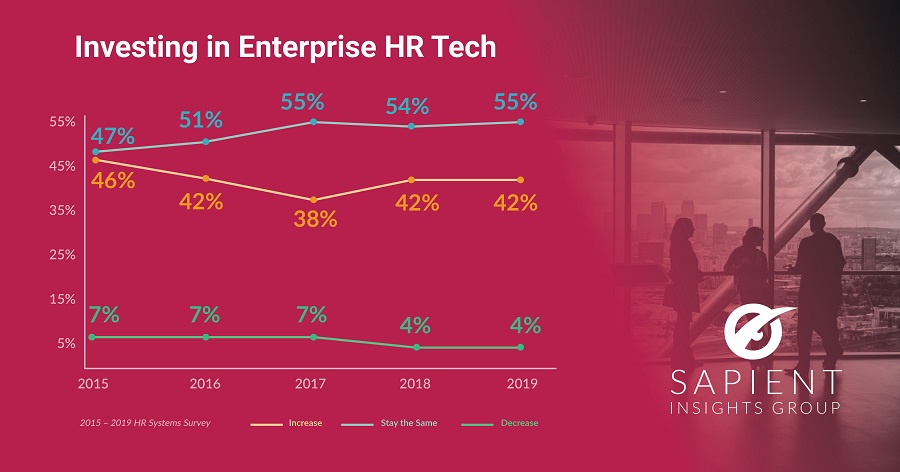 Total Spending per Employee
Total Spending per Employee
As organizations increased their cloud adoption rates and had more applications in their HR Technology budget, the overall annual price per employee began to rise. In the last three years, we have seen costs stabilize. This overall increase in cost also meant an increase in the value proposition for organizations, now capable of tracking critical skills, delivering on-demand training, and increasing the quality of hire. The size and global makeup of an organization plays a major role in their average annual HR Technology spending per employee and should be taken into consideration in benchmarking efforts.
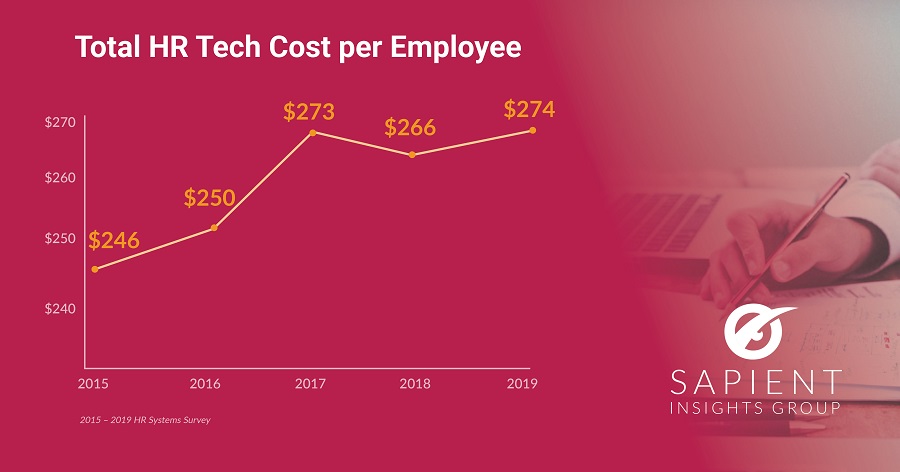
 To get more information about these and other trends, reserve your seat to attend the virtual HR Technology Conference where Stacey Harris, Chief Research Officer at Sapient Insights Group, will close out the first day of the conference with her keynote presentation: “Public Debut of the Sierra-Cedar/Sapient Insights 2020-2021 HR Systems Survey Findings,” based on data gathered from a community of more than 20,000 organizations around the world.
To get more information about these and other trends, reserve your seat to attend the virtual HR Technology Conference where Stacey Harris, Chief Research Officer at Sapient Insights Group, will close out the first day of the conference with her keynote presentation: “Public Debut of the Sierra-Cedar/Sapient Insights 2020-2021 HR Systems Survey Findings,” based on data gathered from a community of more than 20,000 organizations around the world.
